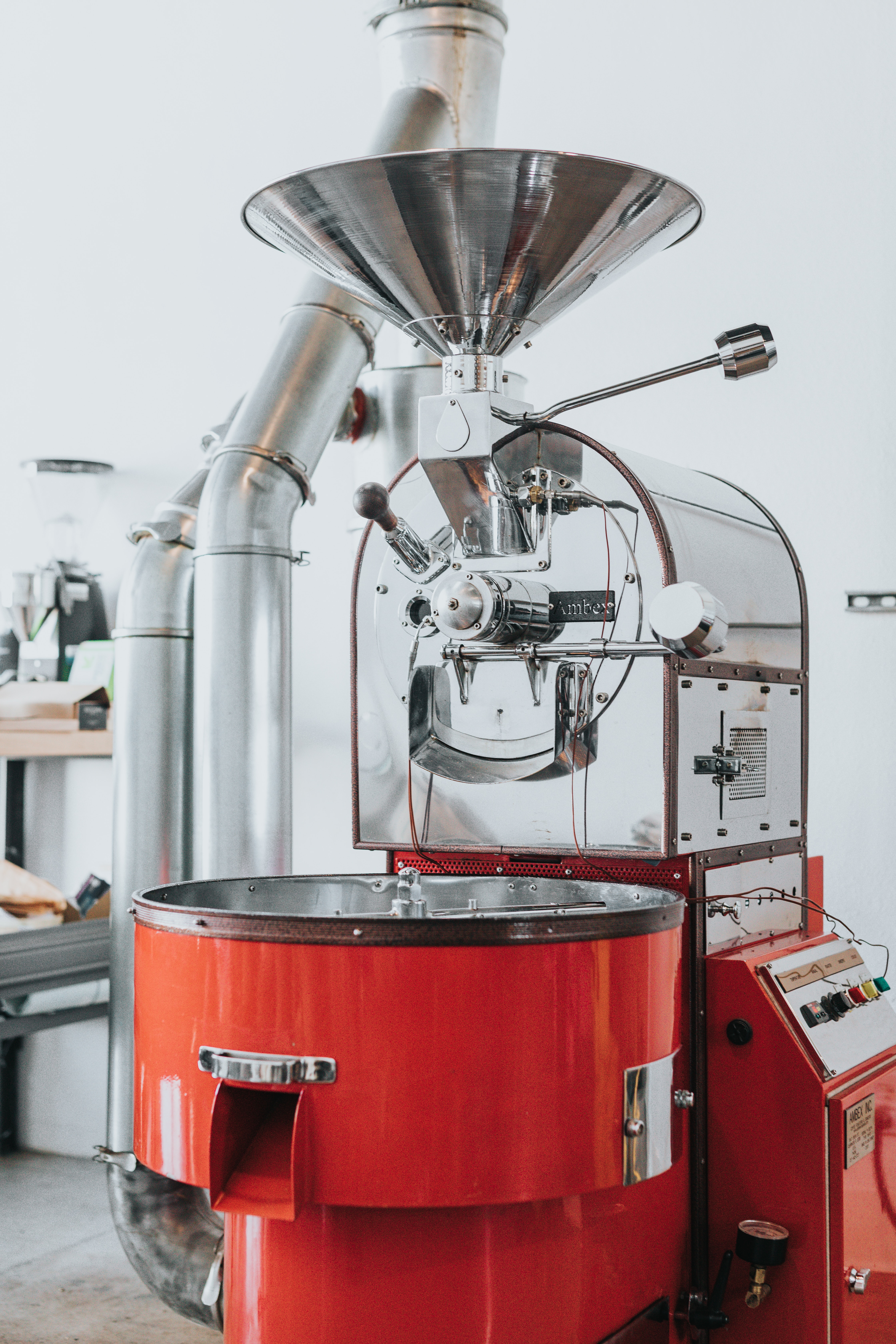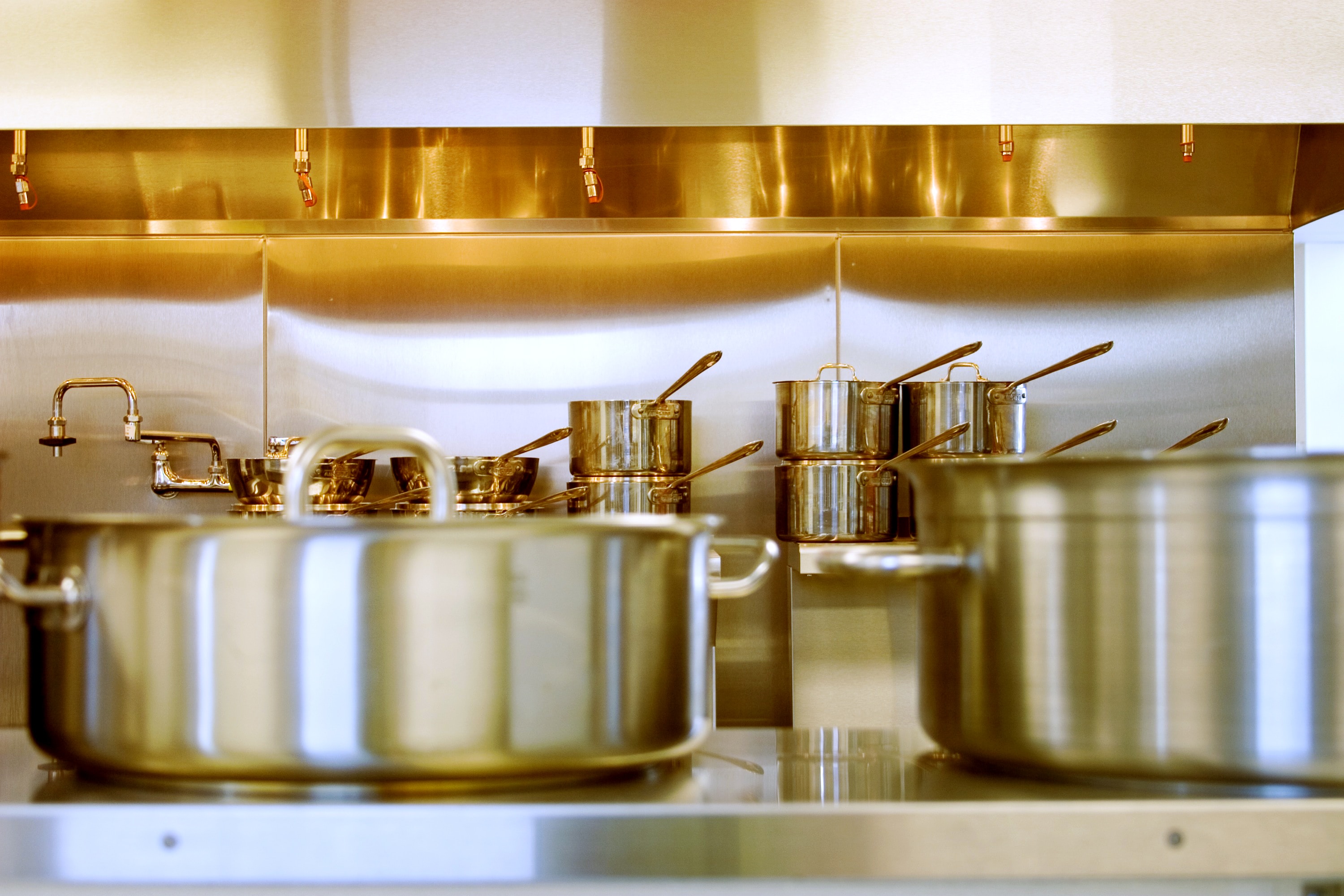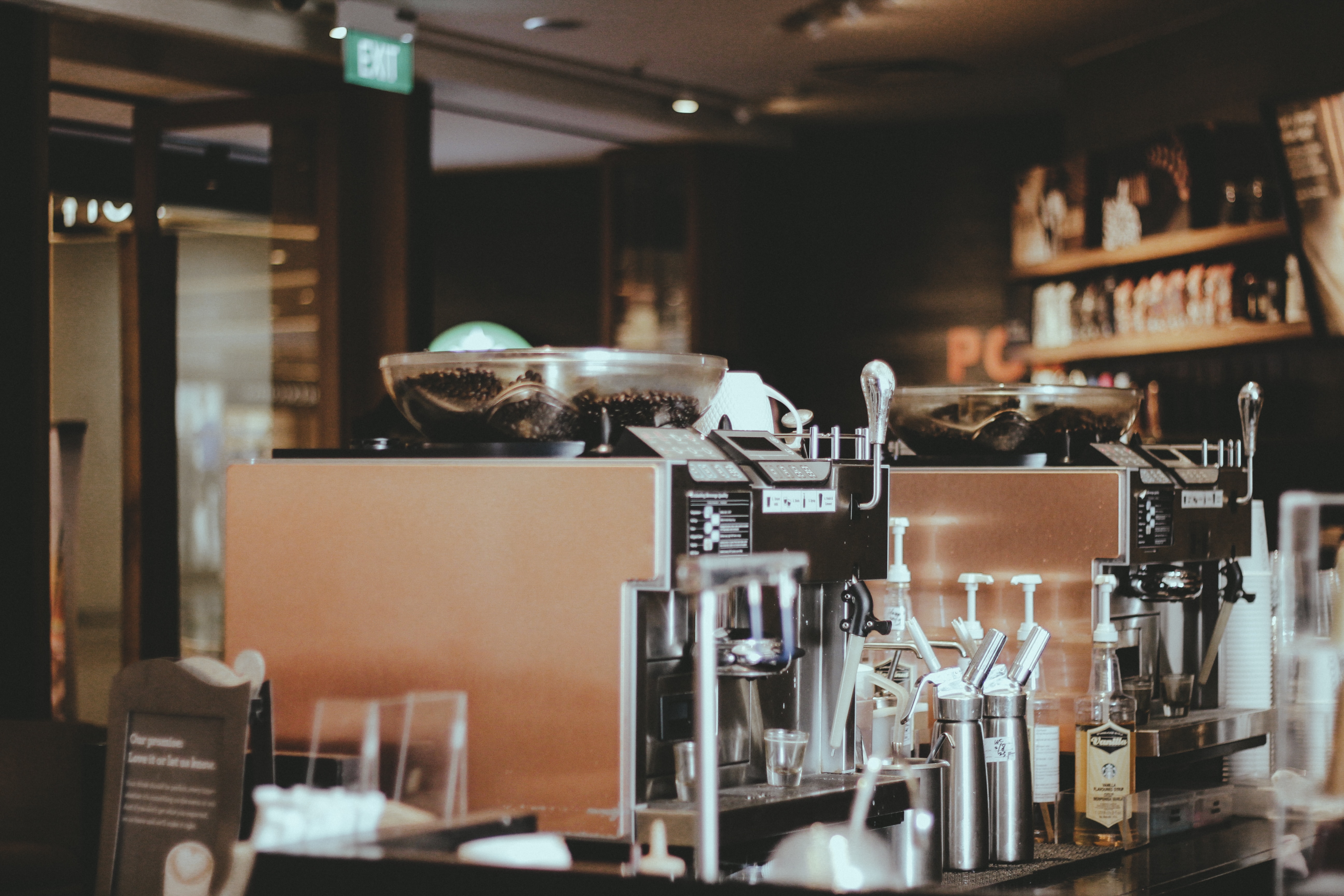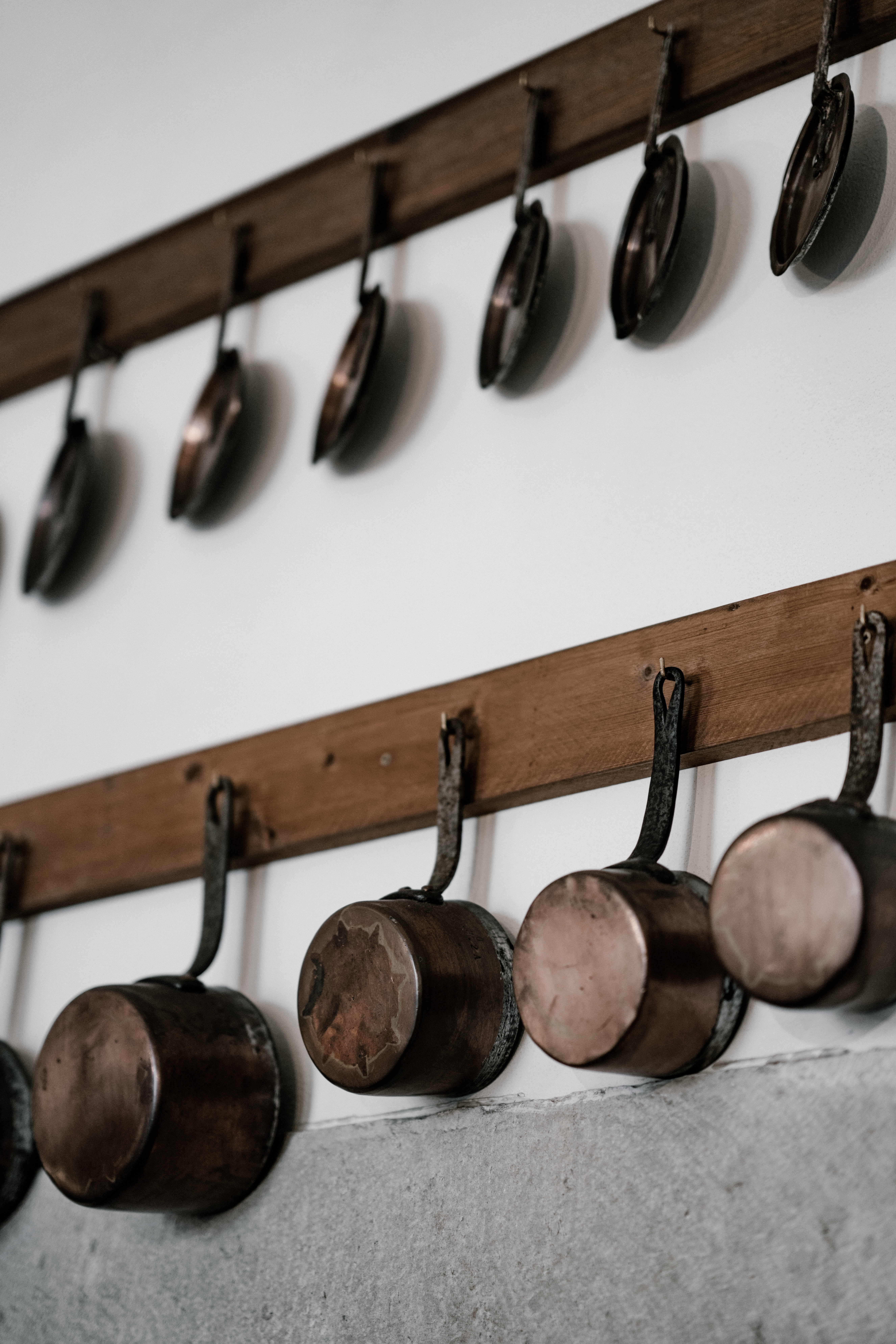Leasing or Buying Equipment: A Restaurant Owner’s Dilemma
4 Min Read By Roger Wood
One of the largest financial barriers to starting or growing a restaurant is the procurement of necessary equipment. At the very minimum, a restaurant requires cooking equipment, refrigeration units, dining furniture as well as dishes and utensils. Kitting out a new restaurant with all of this will generally cost $200,000 at an absolute minimum.
These huge upfront costs can make restaurant owners new and experienced feel like they are walking a tightrope. With life-savings and borrowed money on the table just to get a restaurant to the point it can begin to operate there can be very little money left for other essential costs such as staff, utilities and marketing.

Such financial burdens can open up the temptation of taking shortcuts to reduce costs. If these sacrifices negatively impact customer experience, then your restaurant will never succeed.
One potential solution to this problem is to lease the equipment in your restaurant.
Leasing can give you access to the equipment you need to operate your restaurant with a minimal hit to your cash flow. Instead of paying the full cost, or a deposit, upfront, leasing staggers your payments over several years. This can reduce the financial pressure during the early stages of running your restaurant and allow for further investment into growth.
Although leasing restaurant equipment is becoming a more popular option for owners, it is not a perfect solution for every situation. Leasing can be far more expensive than purchasing equipment outright and is therefore only suitable for certain situations.
With this in mind here are some questions that restaurant owners should ask themselves when deciding whether to buy or lease equipment.
How will purchasing equipment affect my budgets?
Leasing equipment will make your restaurant less profitable in the long term. The monthly or quarterly payments involved in a lease agreement will almost always come to more than the cost of purchasing equipment outright, even if you take out a loan to make that purchase. That being said, for restaurant owners who are still establishing themselves in the market the additional operating costs are worth the preserving of cash flow.

How can you work out whether such additional long-term costs are worth it?
Well a key question to ask yourself is how far purchasing equipment will affect the money reserved for other areas of your business? If equipment purchases will compromise the quality of food you serve, customer service you provide, or your ability to attract new customers then leasing should at least be a consideration. Restaurants depend on their reputation and reputation depends on attracting customers and keeping them happy. Compromises to your ability to do either of these should be avoided, even if your short to medium term profitability is reduced.
How long will the equipment in question last?
It is important to remember than when you lease a piece of equipment you are paying every time that you use it. Outright purchases involve the same expense regardless of whether you derive value from the item for two years or 20 years. Therefore the longevity of the equipment in question should be considered when making a decision whether to lease or purchase. Dining furniture, utensils, ovens and stoves can, if they are properly looked after, last for decades. Therefore an outright purchasing of these items represents a low risk investment. So long as you can stay in business you are likely to get your money’s worth.

However with some items such as refrigerators and Point of Service Systems, either wear or tear or advances in technology mean that these types of equipment need to be frequently updated. Strategic planning of leases, often through operational leases, can allow you to avoid wasting money on purchasing items that will become obsolete before value is derived from them.
You should remember that its not just wear and tear that can render certain items as obsolete. Growth can do this, too. If, for example, you have refrigerators and cookers that restrict the amount of food you can serve, you do not want to be stuck with these items when you outgrow their capacity. Therefore projections for growth should also be considered when choosing whether to lease or buy certain types of equipment.
What role will this equipment play in my restaurant?
When you look at purchasing or leasing decision in terms of risk, namely that purchasing outright is a riskier proposition than leasing, it becomes clear that the role that a certain piece of equipment plays in your restaurant should inform a decision you make about whether to purchase or lease it. If a certain piece of equipment is central to everything you do, to the point that you could not operate without it, then purchasing outright poses much lower risk. A café, for example, may well benefit from buying their coffee machines as they know that so long as they have customers the cost of the machine will be paid back and they can begin to profit faster.
However, if you are purchasing equipment with the expressed purpose of either increasing the capacity that your restaurant can operate at, or expanding the types of food and drinks that you serve, then leasing allows you to test the market without making as much of a financial commitment.

Let’s say this café now wants to start selling pizza. They will need a pizza oven. Leasing a pizza oven with a short-term agreement will allow them to see if there is a market for pizza. If the experiment fails they are not saddled with an expensive pizza oven that is not making them money. If the experiment is a success then they can either renegotiate a longer term, and therefore generally cheaper, lease agreement or purchase outright once the market has been established.
What are the ultimate goals of my restaurant?
Although leasing provides greater flexibility when replacing equipment and can help less established restaurants maintain the cash flow needed for growth, purchasing your equipment means that you are increasing the asset value of your restaurant. This asset value, combined with decreased operating costs will make your restaurant far more attractive to potential buyers than a restaurant where a buyer has to then take on regular leasing costs in addition to buying the restaurant.
Therefore if you are building up a restaurant with the specific end goal of selling, you will want to consider purchasing the majority of your equipment at some point. This gets to a wider point of the general situations where leasing and purchasing are appropriate. When an owner is focussing on growth, that is increasing their customer base and expanding their capacity, leasing can be an amazing tool in helping this happen. However, when it comes to profiting from that hard fought growth, owning your equipment is preferable. No option is a magic solution for every situation, however they both have their place.


